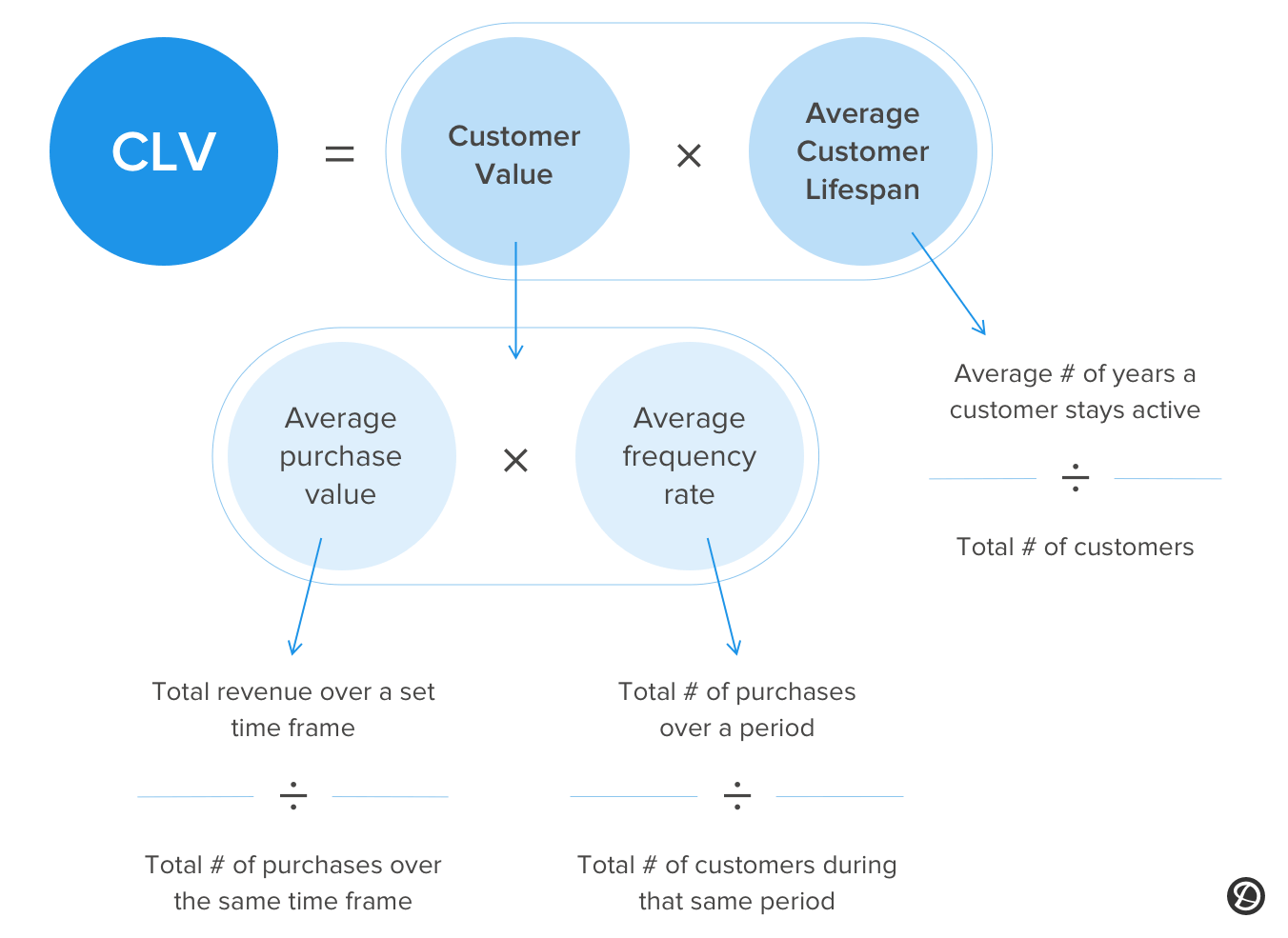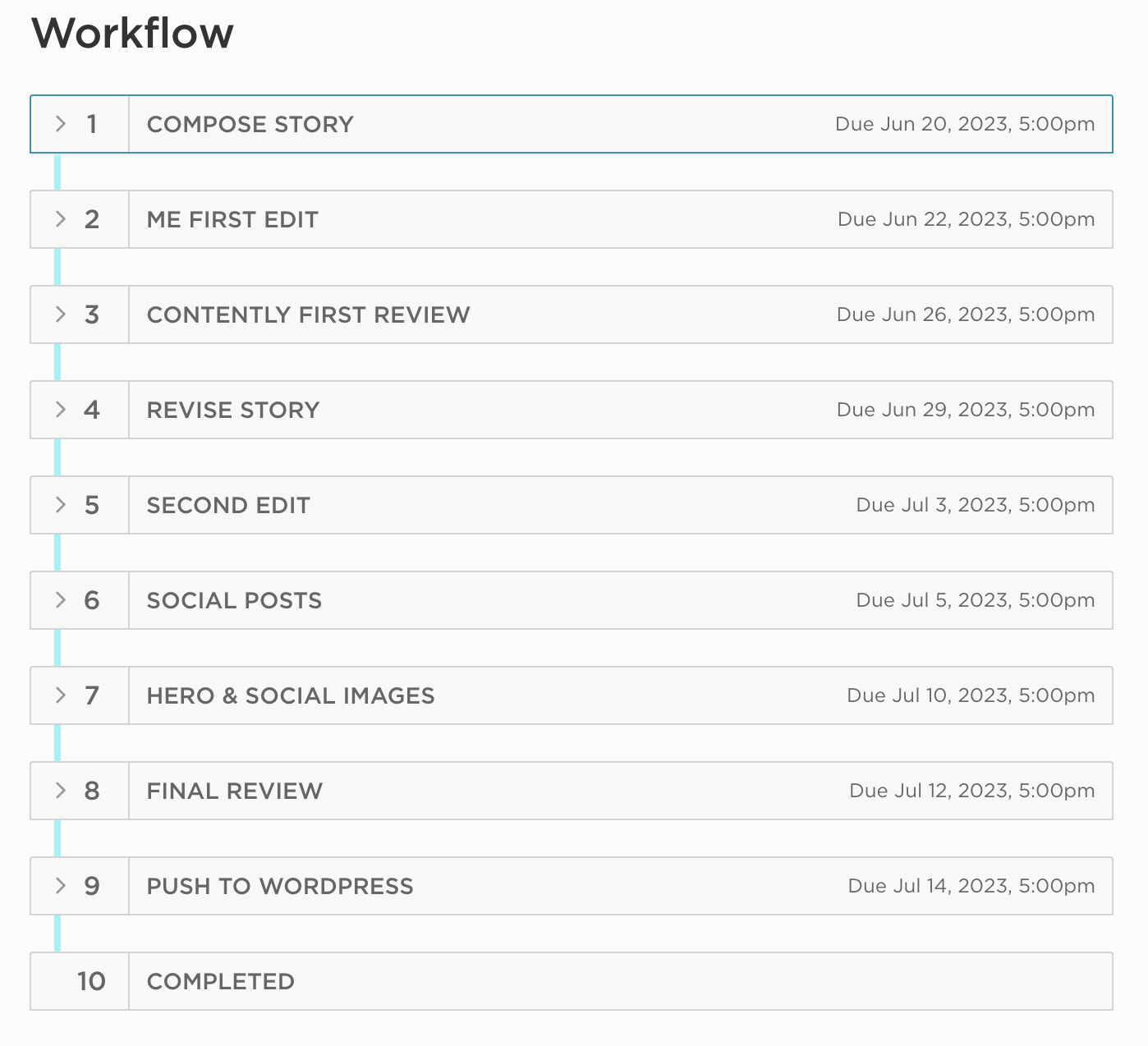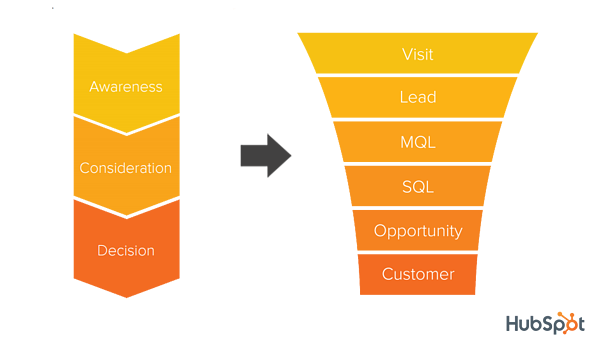Content Marketing
Turning Prospects Into Customers With a Robust Content Pipeline
For today’s marketers, maintaining a comprehensive content pipeline isn’t just a strategy—it’s a mandate. As the foundation of effective content marketing, it serves the critical role of linking content initiatives to tangible sales outcomes.
The modern buyer journey is a tapestry of interactions, and content acts as the thread that binds each touchpoint. With ever-growing investments in content creation, there’s mounting pressure to illustrate content ROI clearly. To achieve lasting success, businesses must craft compelling content and showcase its concrete impact on conversions and revenue growth.
Understanding the Buyer’s Journey: A Six-Stage Approach
The idea of a buyer’s journey as a straightforward path from discovery to purchase is increasingly being debunked. Modern consumers meander, zig-zagging in and out of stages, influenced by a multitude of touchpoints along the way.
Yet, for the sake of strategy and understanding, it’s beneficial to compartmentalize this journey into six general stages. While HubSpot narrows it down to three key stages, their customer acquisition process aligns closely with our six-phase model.
These phases provide a roadmap that, while simplified, offers valuable insights into:
- The prospect’s state of mind
- How marketers can effectively cater to them
- How companies can align content with sales pipeline steps
Awareness: Mainly Pain/Problem Aware
In the awareness stage, prospects recognize an issue or a desire but may not be fully aware of potential solutions. Imagine we’re a fictitious project management software company called “ProjexFlow.” We have a prospect named Alex, who runs a small design agency and notices her team struggles with tracking tasks and deadlines. She wonders if there’s a better way to manage projects.
Content at this juncture serves as an introductory touchpoint, educating anonymous visitors about the problem and positioning your brand as a trustworthy source of information. Content at this stage may include:
- Blog posts: “Top 5 Challenges Faced by Design Agencies and How to Overcome Them”
- Social media posts: “10 Tips to Boost Team Productivity”
- Infographics: “The State of Project Management in Creative Industries”
Interest: Becoming Solution Aware
Transitioning to the Interest phase, prospects like Alex have identified their challenge and are exploring potential solutions. They’re now realizing that project management tools may be the answer and are curious about general features and benefits.
Content here should foster this budding curiosity and introduce your brand’s offerings. At this point, Alex may be a lead in the sales funnel, showing increased engagement. You may choose to activate content here like:
- Email newsletters: “How ProjexFlow Helped Transform a Design Startup”
- Interactive content: Quiz titled “Is Your Agency Ready for Project Management Software?”
- Videos: “Introduction to Project Management for Creatives”
Consideration: Exploring Solutions
Now in the consideration phase, prospects actively research and weigh their options. Alex starts comparing project management tools, seeking features relevant to design agencies. The content should showcase your brand’s unique attributes, transitioning them from just a lead to a marketing qualified lead (MQL)—someone who’s shown interest in your products or services through specific marketing activities, indicating a higher likelihood of becoming a customer. People in this part of the funnel will likely respond to:
- Webinars: “Streamlining Design Projects with ProjexFlow”
- Case studies: “How Acme Design Doubled Their Productivity with ProjexFlow”
- E-books: “The Ultimate Guide to Project Management for Design Agencies”
Intent: Leaning Toward a Decision
By the intent phase, prospects like Alex have narrowed their choices and need persuasive content to affirm their leanings. They’re on the brink of decision-making and have become sales qualified leads (SQLs)—a contact your sales team has qualified as a potential customer ready for sales engagement. It’s here that they’d deeply examine tools like ProjexFlow against competitors. Effective content at this stage includes:
- Product comparison charts: “ProjexFlow vs. CompetitorX: A Feature-by-Feature Breakdown”
- Demos: “See ProjexFlow in Action: A Live Walkthrough for Design Agencies”
- Exclusive content: Review of ProjexFlow’s Tailored Features for Design projects
Evaluation: Assessing the Best Fit
Evaluation is the climax. Alex and prospects like her are about to make a purchase decision, scrutinizing the overall value, pricing, and benefits of their shortlisted solutions. This is the opportunity stage, and the content here must confidently portray why your offering is unparalleled. You can do this using:
- Testimonials: Video interviews of design agency heads praising ProjexFlow
- In-depth product guides: “Harnessing ProjexFlow’s Features for Your Design Agency”
- Live chats: Direct chats with ProjexFlow reps to address any last-minute queries
Purchase: Committing to a Solution
Reaching the purchase phase means Alex is ready to commit. She’s seen the value of ProjexFlow and wishes for a seamless purchasing experience. This pivotal moment corresponds to the customer stage in the sales funnel. Your content should make this transition smooth and delightful by using:
- Simplified checkout processes: A step-by-step subscription walkthrough
- Discount offers: A limited-time offer for design agencies
- Thank you pages/emails: Personalized messages with beginner tutorials tailored for design agencies
By closely following Alex’s journey with ProjexFlow, it becomes evident how aligning content to each stage can guide and convert prospects effectively.
Proving Content’s ROI: Metrics That Matter and Essential Tools for Marketers
For content marketers, understanding the value of content extends beyond basic page views and bounce rates. It’s vital to delve into deeper metrics that illustrate content’s genuine impact on business objectives.
Key Metrics for Content Marketers:
- Lead Quality: Beyond numbers, assessing the quality of the leads your content generates is pivotal. High-quality leads are more likely to progress through the sales pipeline and convert.
- Sales Conversion Rates: Tracking how many leads (initially touched by content) end up becoming customers is crucial for gauging content’s bottom-line impact.
- Customer Lifetime Value (CLV): By understanding the projected revenue a customer will generate over the course of their relationship with your business, you can better assess the long-term value your content brings.

- Topic Pillar Performance: Gauge the tangible impact of each content pillar, identifying key topics crucial to your brand’s strategy in one comprehensive view.

Essential Tools for Content Attribution and Insights:
- Google Analytics: This free tool offers insights into website traffic sources, user behavior, and content performance, making it easier to trace the journey of visitors touched by content.
- HubSpot: Known for its inbound marketing capabilities, HubSpot can trace content interactions throughout the buyer’s journey, linking content exposure to lead generation and conversion.
- Marketo: Focusing on automation, Marketo can help track which content pieces push leads further down the funnel, assisting in lead nurturing strategies.
- Contently’s Content Value Tracker: This tool calculates the value of your organic search traffic in terms of equivalent ad spend. As you rank for more keywords, this tool quantifies the accruing benefits.

- Docalytics by Contently: For those utilizing downloadable assets like eBooks and whitepapers, Docalytics offers granular metrics and heat map visualizations. It tracks over 17 distinct data points, revealing how readers interact with your content and making post-download black holes a thing of the past.

- UTM Parameters: These are simple code snippets added to the end of URLs to track campaign and content performance. By using UTM parameters, you can understand which content pieces are driving traffic, conversions, and sales.
- Customer Relationship Management (CRM) Systems: Tools like Salesforce or Pipedrive can be integrated with content platforms to trace content’s influence over sales cycles and customer acquisitions.
Measuring content’s impact is both an art and a science. It requires the right blend of insightful metrics and robust tools. Whether you’re leveraging advanced offerings from Contently or the multifaceted capabilities of platforms like Google Analytics and HubSpot, the goal remains the same: to attribute content effectively to the sales pipeline and prove its undeniable ROI.
Challenges in the Content Pipeline and Overcoming Them
The content pipeline, while immensely valuable, isn’t without its hurdles. As brands strive to deliver meaningful content that resonates with their audience, they often grapple with a range of issues that can impact efficiency and effectiveness. Here are some common challenges and strategies to navigate them:
1. Maintaining Consistency Across Platforms
- Challenge: With a multitude of channels available, from blogs to social media and email newsletters, ensuring a consistent brand voice and messaging across them all can be daunting.
- Solution: Develop a unified brand guide that outlines your company’s voice, tone, and messaging. Regularly train your content creators on this guide and review content across platforms to ensure alignment. Contently often assigns managing editors to projects to keep them on strategy.
2. Aligning Content with the Evolving Buyer’s Journey
- Challenge: The buyer’s journey isn’t static. As markets shift and consumer behaviors change, content that once resonated might become outdated.
- Solution: Regularly review and update your buyer personas and their respective journeys. Use analytics to track changes in audience behavior and adapt content strategies accordingly.
3. Scaling Content Production
- Challenge: As your business grows, so does the need for more content. Producing high-quality content at scale without compromising on quality can be challenging.
- Solution: Invest in a content marketing platform like Contently that streamlines content planning, collaboration, and automation, while also providing access to an award-winning pool of freelance talent to meet your growing demands.

4. Measuring Content’s Direct Impact on Revenue
- Challenge: While content plays a significant role in brand visibility and engagement, attributing direct revenue can be complex.
- Solution: Utilize advanced analytics tools that can correlate content engagements with lead generation and sales conversions. Over time, patterns will emerge that showcase content’s ROI.
5. Avoiding Content Fatigue
- Challenge: With the barrage of content online, there’s a risk of audiences experiencing content fatigue, making it harder for your content to stand out.
- Solution: Prioritize quality over quantity. Rather than churning out content constantly, focus on producing valuable, unique, and interactive pieces that genuinely cater to your audience’s needs.
Despite these challenges, the rewards of a well-executed content pipeline are immense. Combining foresight, strategy, and the right tools, allows brands to craft a content journey that not only navigates these hurdles but also resonates deeply with their target audience, driving both engagement and conversions.
A Dynamic Content Pipeline Plays a Pivotal Role
In the digital age, the strength and agility of a brand’s content pipeline often determine its market standing. It’s more than just churning out content—it’s about crafting compelling narratives that resonate, educate, and inspire.
In other words, a robust content pipeline isn’t just a marketing tool; it’s a testament to a brand’s dedication to its audience, an emblem of trust and authenticity. In the vast expanse of the online realm, businesses that master their content strategy truly set themselves apart, not just as industry leaders but as trusted voices in a cacophonous marketplace.
Ready to revolutionize your content strategy? Learn more about Contently’s suite of tools today and watch as your content pipeline transforms, guiding more potential customers towards the coveted ‘decision’ stage than ever before.
Image by BadBrotherGet better at your job right now.
Read our monthly newsletter to master content marketing. It’s made for marketers, creators, and everyone in between.






